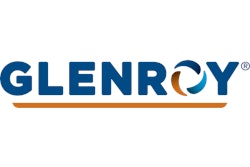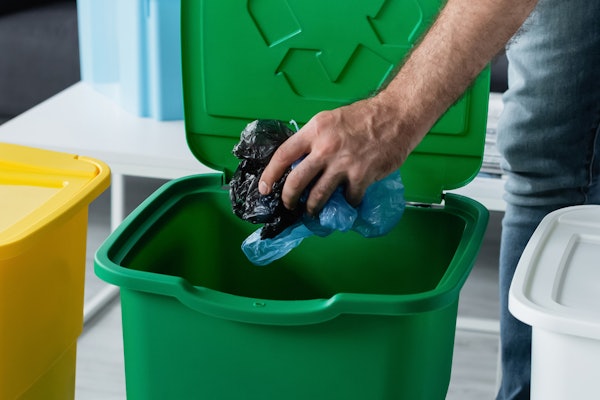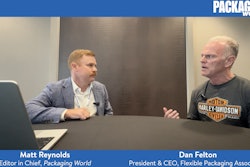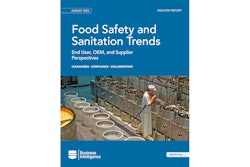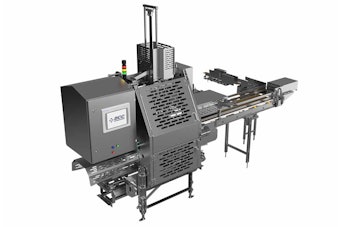
A new paper-based material — and technology — made its North American debut at PACK EXPO 2014 that opens new application possibilities for those seeking to replace plastic packaging with a high-density paper product called FibreForm, from Sweden’s BillerudKorsnäs.
Derived from FSC-certified managed forests, the material is recyclable, renewable and biodegradable, explained Gary Robinson,business development manager for North and South America. “For every tree cut from one of the managed forests, we plant two new trees,” adding that the company’s managed forest volume has doubled in the last 80 years. Turning from technology to applications, he explained that the material has a “unique mechanical capability to be 3D stretched and 3D formed,” and this allows for three "technology pillars" of applications for FibreForm: embossing, thermoforming and a new FreeFormPack. (See Figs.1-4 and 6)
First, embossing applications provide a “unique mechanical capability to be 3D stretched and 3D formed," said Robinson, which allows for embossing depth that offers some eye-popping attention for applications that range from labels to thermal wraps for hot coffee cups with embossing Robinson explained is "so deep, that you actually trap air and get a thermal barrier" for both decorative and functional benefits. (See Fig.5.) The material runs on existing flatbed, rotary or clamshell die-cutters and embossing machinery with the addition of custom tools.
Second, thermoforming applications have proven very successful in Europe for replacing plastics with paper, and are now available to U.S. companies. The thermoformable paper has a smooth sealing surface that can be used for various products including, with a coextrusion coating, high-barrier and Modified Atmosphere Packaging of fresh meats and cheeses. The first commercialization of this technology was in 2010 with lunch meats at UK retailer Marks & Spencer (story here) and currently in Swiss supermarket chain Micros where Micarna, that country's leading meat producer, has expanded from one to seven tray packed products over the past several months. (See Fig.7) The trays reportedly have reduced plastic content 60% over conventional tray packs. (Story here.) Various formats such as one-sided thermoforms, clamshells and dual-cavity packs, can be made on existing form/fill/seal equipment "with less energy and faster than plastics," according to Robinson.





